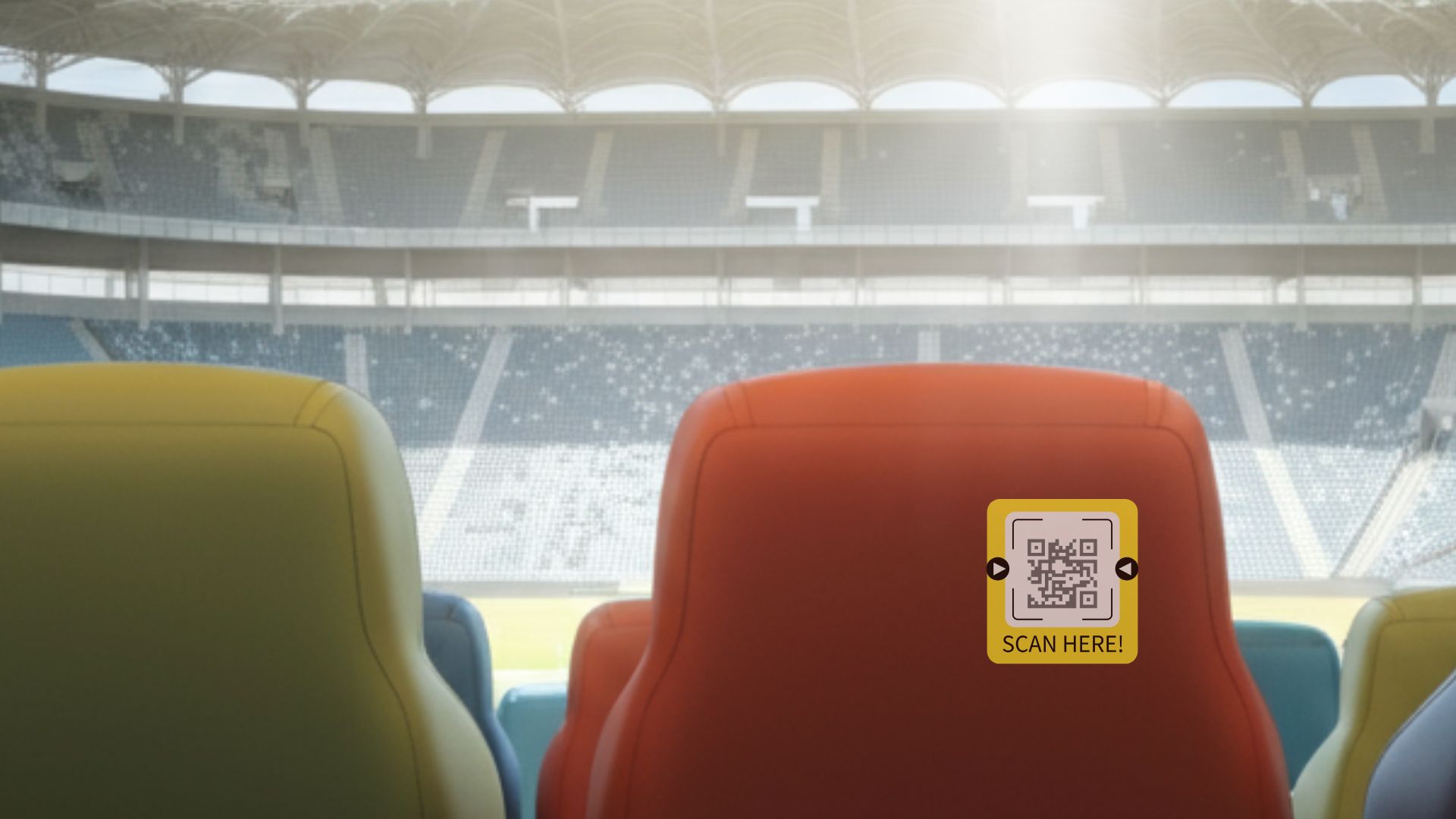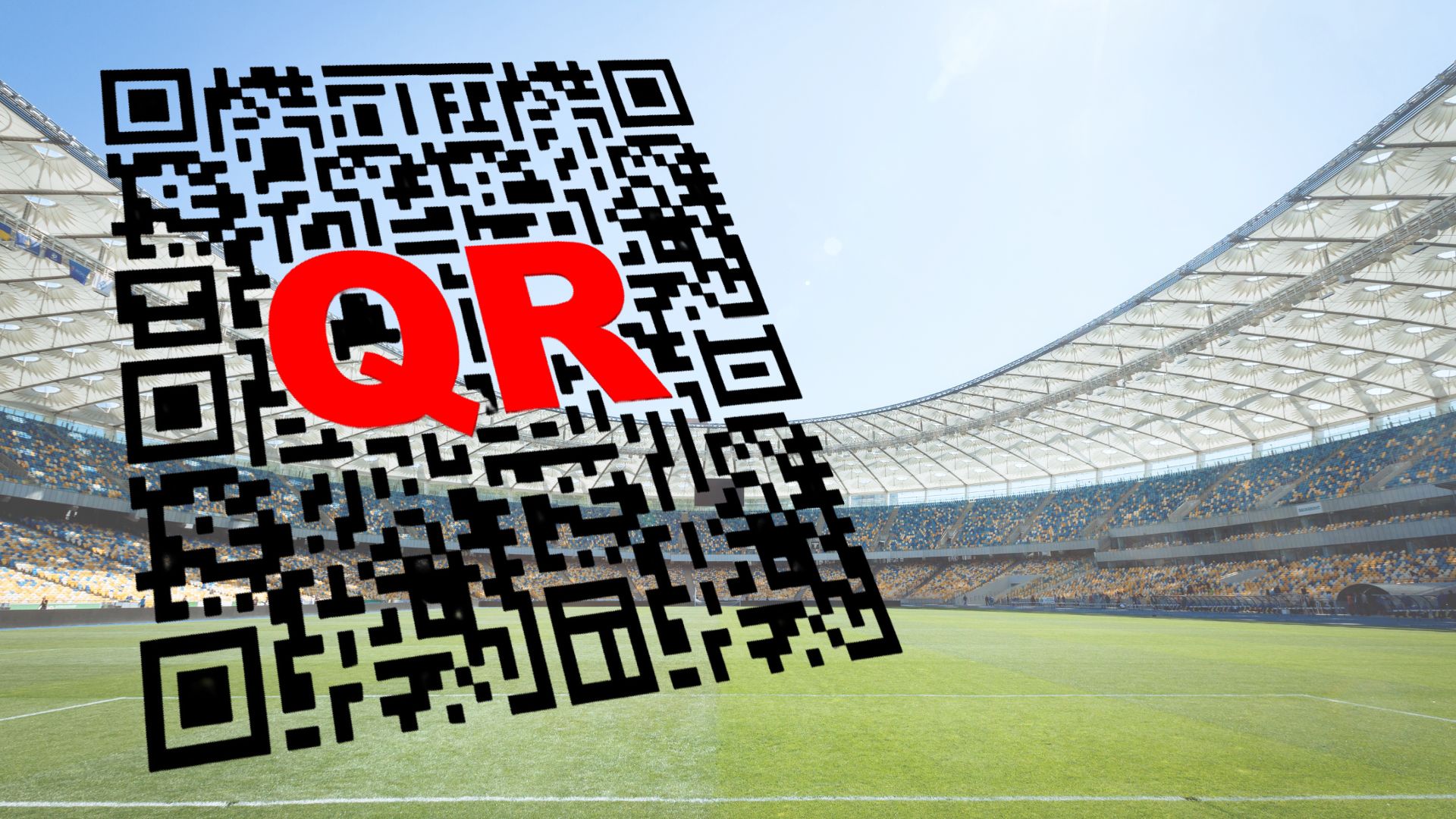Scanning A New Era of Baseball Interaction
When the Atlantic League kicks off its season, fans will see something strikingly modern on game-used baseballs – QR codes. This innovation takes America’s pastime into the digital realm, creating new ways for fans to interact with their favorite teams. By placing dynamic QR codes on official Drake baseballs, the independent league has become the first professional baseball organization to weave real-time digital engagement into the game ball itself.
Instead of just snagging a foul ball as a keepsake, a fan can now scan the code on the ball to unlock special offers, exclusive team messages, and personalized recognition. The QR codes are tailored for each of the league’s ten teams, offering the potential to update promotions daily or even during games. “This is a fun way to maximize a team’s value by personally interacting with their fans,” said Rick White, the Atlantic League president.
QR Codes in Sports – Changing the Fan Experience
Why QR Codes on Seats Could Be a Game-Changer
Placing QR codes on stadium seats could open up a whole new level of engagement for fans. Imagine arriving at your seat and seeing a dynamic QR code just waiting to be scanned. Teams could use these codes to pull fans into exciting contests, like being entered to win a free jersey, a discount on concessions, or even the chance to throw the first pitch in the next game. The possibilities are endless, and it’s all about creating that extra layer of excitement for attendees.
Here’s how it could play out. You’re sitting in your seat during the second inning, enjoying the game, when you notice a QR code on the armrest or seatback in front of you. Out of curiosity, you grab your phone, scan the code, and boom! You’re instantly entered into a contest. Maybe it’s for a signed jersey, a free hot dog, or even an upgrade to box seats for the rest of the game. The best part? By the third inning, the winners are announced on the scoreboard or over the loudspeaker.
It’s like a little thrill ride within the larger game experience. Suddenly, the downtime between pitches or innings feels a lot more exciting. And hey, who doesn’t love a chance to win something with almost no effort? Just a quick scan and a whole new layer of fun opens up. Plus, it’s right there in front of you; no app to download, no complicated steps. It’s so simple that even the least tech-savvy fan in the stadium could take part. Interactive, exciting, and just plain fun—that’s what it’s all about.
What Information Do QR Codes Collect When You Scan Them?
When you scan a QR code, the type of information that can be collected depends on how the campaign is designed. Typically, QR codes can gather:
Device Information: QR systems can detect details about the type of smartphone or browser being used. This helps in ensuring compatibility and optimizing how the content is displayed.
Location Data: If permissions are granted, scans can log the approximate location of where the code was accessed. For example, this can confirm which seat was scanned based on its unique QR code.
Time and Frequency of Scans: QR codes can record when and how many times they’ve been scanned, making it easier for teams to measure fan participation.
Engagement Data: Teams can track the specific links or actions you follow after scanning, like visiting the team’s store or entering your email for a contest.
Volunteered Information: If the QR code prompts you to enter details like your name or email address (e.g., for a contest), that data can be collected and stored.
How Would Teams Use This Data?
Data collected through QR codes could be incredibly useful—but only if handled responsibly and transparently. Here’s how it could be used in a fan-friendly way:
If you think about it, QR codes could do some pretty cool things for stadium fans. Imagine the team using data to figure out which snacks or drinks different sections of the stadium love most. They could then send out discounts or exclusive offers to those exact areas. For example, if the nosebleed section is all about nachos, how awesome would it be to get a notification for $1 off nachos right on your phone? It feels personal and thoughtful, like the team gets you.
Then there’s the fan engagement angle. By tracking when and where QR codes are scanned, teams could spot those electric moments when fans are most into the game. Maybe the seventh-inning stretch sparks the most activity, or the home team’s at-bats are the key engagement times. With that insight, they could roll out contests, trivia games, or other fun stuff at exactly the right moment to keep the energy up. It’s all about finding those perfect opportunities to bring the crowd together.
And here’s a fun idea for loyal fans. If a team knows who keeps scanning codes game after game, they could offer cool perks like early access to tickets or a meet-and-greet with players. It’s those little extras that turn casual visitors into diehard supporters. I mean, who wouldn’t feel a little special getting rewarded for showing up and being part of the action?
Speaking of engagement, QR codes could also link to quick polls where fans can say what they liked or didn’t like about their experience. Imagine tapping a few buttons to vote on which songs should play during the next inning or rating how good the hot dogs were. That kind of feedback could help teams make every game feel better and more tailored to their audience.
Here’s a real-world example to show why this all matters. Let’s say 200 people in one inning scan codes in sections near home plate. That kind of data tells the team something valuable—that those fans might be more engaged or excited about interactive promotions than fans in other areas. Armed with that knowledge, the team could focus on that section next time, experimenting with special offers or mini-games to make the experience even more memorable. It’s like they’re not just hosting a game; they’re constantly refining how to make it better for everyone involved.
At the end of the day, it’s all about making fans feel valued and turning a baseball game into more than just a show. It becomes an experience, uniquely tailored and evolving with every QR scan. It’s exciting to imagine where this could lead next!
Ensuring Ethical Use of Data
It’s important to address the elephant in the room: privacy. Any time personal data is involved, clear communication is key. Fans should know exactly what information is being collected, how it’s being used, and have the option to opt out if they’re uncomfortable. Stadiums would need to be transparent, displaying notices near QR codes or pop-up disclaimers when a code is scanned.
Here’s what responsible data use looks like:
Anonymity: Only aggregate data is collected unless users voluntarily provide their personal information, like an email address for contest rewards.
Clear Opt-Ins: Fans aren’t automatically enrolled in anything unless they agree to participate. For instance, scanning may give you the option to join a mailing list, but it should never happen without your permission.
Data Security: Any stored information, like contest entries, must be securely encrypted and handled in compliance with privacy laws (e.g., GDPR).
Why Combine QR Codes on Baseballs AND Seats?
While QR codes on baseballs can create unique moments for lucky fans, QR codes on seats scale far more broadly. Every fan present could participate in activities like contests, instant polls, or stadium-wide trivia games. Combining the two opens up engagement possibilities for all types of fans and keeps the game experience fresh and inclusive.
At the end of the day, bringing QR codes directly to fans, whether in their hands or under them, makes the game more interactive, rewarding, and memorable. Responsible data use ensures the initiative feels personal without becoming intrusive, fostering trust and loyalty among fans while elevating their connection to the game.

